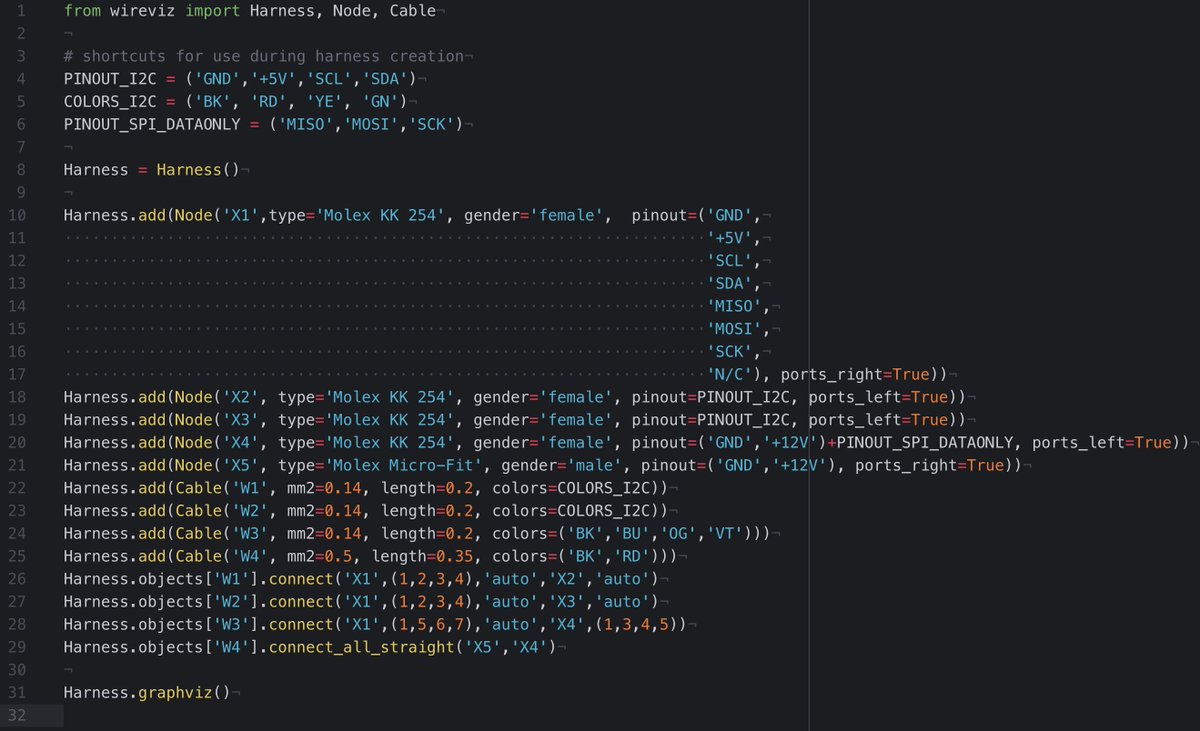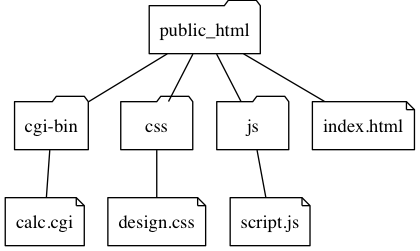Download Excel to Graphviz for free. Convert tabular data into relationship diagrams. Collect data in an Excel worksheet, and Graphviz will create a visualization of the data relationships. The sims 4 remove retina checkmark before game opens. Graphviz Mac OS X Builds It takes some time and effort to build Graphviz on Mac OS X because it requires a number of other software packages which are not already included with Mac OS X. Therefore these binary builds of Graphviz are provided which include all the dependencies and can be installed easily through the Mac OS X installer.
- Using Graphviz on a Mac Part 2: OmniGraffle Professional. Macintosh users have another option for rendering Graphviz files: OmniGraflle. What is special about Omnigraffle is that it allows you to drag-and-drop a node or a group of nodes in order to rearrange your graph according to your needs. This is an excellent feature that allows you to.
- Graphviz is open source graph visualization software. Graph visualization is a way of representing structural information as diagrams of abstract graphs and networks. It has important applications in networking, bioinformatics, software engineering, database and web design, machine learning, and in visual interfaces for other technical domains.
- Intaglio builds on the 2D graphics, text, color, and scripting capabilities of Mac OS X to provide unprecedented power and flexibility in an inexpensive drawing program. Intaglio isn't just compatible with Mac OS X, it was designed from the ground up to fully exploit the capabilities that make this platform ideal for graphics work.
Graphviz For Mac Sierra Update

Graphviz For Mac Sierra Download


Graphviz For Mac Sierra
Exercise 8: Getting to know foma | |
Install foma, establish workflowLet's install foma. We will also establish a workflow that includes a workaround for the finicky 'view' command. Instructions below.Windows users
Mac usersFirst, check your OS X version. If it is 10.11 'El Capitan' or earlier, I recommend you upgrade your OS first. Alternatively, you can try the pre-compiled binary, but graphing won't work.Versions 10.12 'Sierra' and 10.13 'High Sierra': choose this option only if you have time, resource and patience. If not, try the next set of instructions for 'Mojave'.
Linux usersInstall Graphviz and then foma. On Ubuntu, foma can be installed via apt install foma-bin. If your system knows how to handle .png files, 'view' will work from within foma. Your workflow will be like this (image from my WSL setup).ExploreFollow the 'Getting started with foma' tutorial, listed under the 'Documentation' section in the foma home page. There are three exercises: turn your solution into a graph image, and paste them in a word-processed document. A few additional pointers:
| |